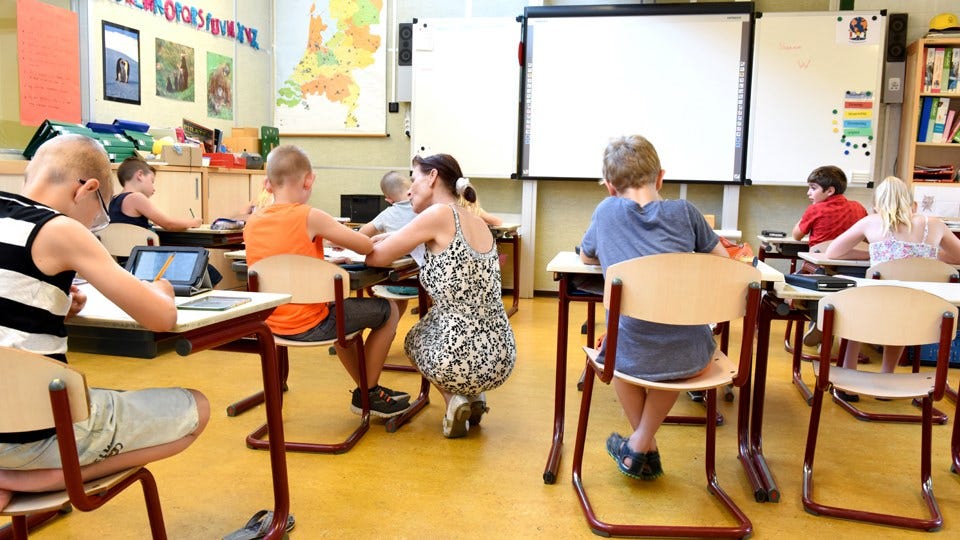State Details Findings of COVID Academic Impact Study
 (stock image courtesy: Pexels/Arthur Krijgsman)
(stock image courtesy: Pexels/Arthur Krijgsman)
Subscriber Benefit
As a subscriber you can listen to articles at work, in the car, or while you work out. Subscribe NowThe Indiana Department of Education has presented initial findings from the state’s COVID-19 Academic Impact Study. The study, which was mandated by the Indiana General Assembly earlier this year, shows the academic impacts of the pandemic on Hoosier students were “substantial.”
The first phase of the study is being conducted by the National Center for the Improvement of Educational Assessment Inc., based in New Hampshire. The initial results show elementary and middle schools students around the state experienced significant academic impact in mathematics and moderate-to-significant impact in English and language arts.
“We know that English/language arts and math provide the foundational building blocks upon which future learning is achieved, with one year of learning building upon the next,” Indiana Secretary of Education Dr. Katie Jenner said in a news release. “These results confirm what we expected, and what we now know — student learning was significantly impacted by COVID-19. Looking ahead, this new baseline and other student-level data provide direction on where we must focus individualized student learning over the coming years.”
The study analyzed the results of the 2021 ILEARN assessment, as well as other standardized assessments conducted in the spring. The results show 97% of students participated in the test and 40.5% of students are at or above proficiency standards in ELA, while 36.9% are at or above proficiency in math.
However, the IDOE says this year’s results should not be compared to the state’s 2019 results due to “variables in instruction from COVID-19 and the disruption of 2020 assessments.” The department says the results will serve as a new baseline for Indiana.
“Indiana’s educators have done phenomenal work helping students continue to learn under unprecedented circumstances,” said Jenner. “Now more than ever, every instructional minute counts, and schools cannot do this alone. With data in hand, we must look to the future, and we need everyone to come to the table — educators, parents, community leaders and beyond — to provide individualized support and resources to each and every student.”
The full results of the first phase of the study will be released later this summer. Phase two of the study will be conducted over the 2021-2022 academic year.
You can view the initial study results below or by clicking here.
